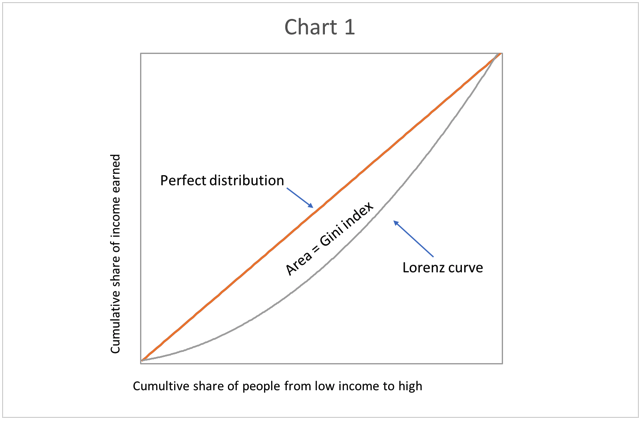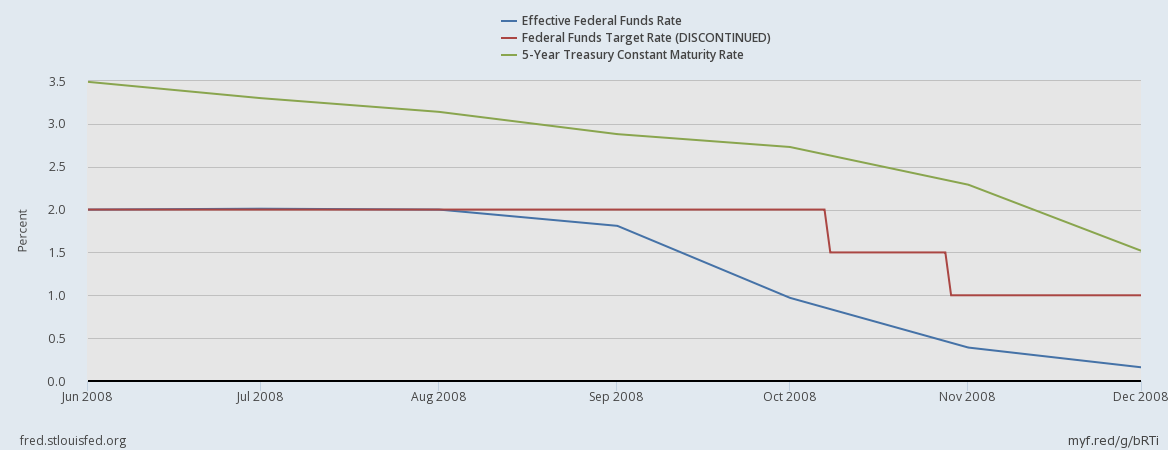Unless you’re living under a rock, you know that we have an administered interest rate. This means that the bureaucrats at the Federal Reserve decide what’s good for the little people. Then they impose it on us.
In trying to return to freedom, many people wonder why couldn’t we let the market set the interest rate. After all, we don’t have a Corn Control Agency or a Lumber Board (pun intended). So why do we have a Federal Open Market Committee? It’s a very good question.
Someone asked it at the recent Cato Monetary Conference. George Selgin answered: no matter if the Fed stands pat or does something, it’s still setting rates. This is a profound truth, which brings us to a fatal flaw in the dollar.
In our irredeemable currency, interest cannot be set by the market. There’s literally no mechanism for it. To understand why, let’s start by looking at the gold standard.
Under gold, the saver always has a choice. If he likes the rate of interest, he can deposit his gold coin. If not, he can withdraw it. By withdrawing, he forces the bank to sell an asset. That in turn ticks down the price of the bond, which is the same as ticking up the rate of interest. His preference has real teeth, and that’s an essential corrective mechanism.
Unfortunately, the government removed gold from the monetary system. Now you can own it, but your choices have no effect on interest. If you buy gold, then you get out of the banking system. However, the seller takes your place, getting rid of his gold and thereby taking your place in the banking system. The dollars and gold merely swap owners, with no effect on interest rates.
The Fed has kicked savers to the curb, along with gold. Now the dollar is considered to be money. And what is it, exactly? The dollar is the Fed’s IOU. If you have dollars, then you are funding the Fed. You—along with billions of others around the globe—are empowering the Fed. It can lend at any rate it wishes, because it has a seemingly unlimited credit line. The Fed is lending your wealth to profligate borrowers who use it for nonproductive purposes—and that’s putting it mildly.
The Fed can buy mass quantities of long term bonds. Obviously, this has a profound effect on the interest rate. However, it has a more important way of influencing rates. The Fed dictates the rate for short-term borrowing. This enables banks to borrow short-term, at nearly zero interest, and use the proceeds to fund the purchase of long-term bonds.
Normally that’s unstable, because the bank’s funding keeps expiring. Imagine buying a house, using a loan with a balloon payment after one month. Every month, you would be sweating bullets about getting a new loan. Banks don’t have to worry about this, with the Fed as lender of last resort. They love this trade, because they pocket the difference between the interest rate they pay (near zero) and the interest rate they earn on long bonds (over two percent). It’s a crony handout, unfair to the people.
More importantly, the banks are pulling the long-term rate down near the short-term rate.
Getting back to the question about an interest rate market, we have to ask: how else could the present system work? The Fed is the source of what passes for money. Even if it could just stop lending—and this would quickly lead to disaster—that would still be a monetary policy.
So long as we use the Fed’s IOU as if it were money, then the Fed is in charge of our interest rate. It’s that simple.





Would you like to publish my solution for free interest rates?
It will be published (again) as a book shortly.
You also need to free up prices so that they can adjust to the changing value of money and deal with the foreign exchange markets.
There is a very good reason why central banks are given the power to adjust interest rates – which they have no idea how to do properly and probably never will.
This is the instability in all other prices which the economic framework as it is now creates.
And that would apply gold standard or not.
Economics is a lot more complex than economists looking into these things seem to realise. But there are ways to simplify it all very fast.
Visit my blog for contact details and an outline.
http://macro-economic-design.blogspot.com
I’m all in favor of a free market in interest rates. But contrary to the claims of the above article, Milton Friedman and Warren Mosler have claimed that a central bank can perfectly well have zero effect on interest rates while base money in fiat form stays in existence. I agree with them.
If the state (i.e. central bank and government) borrow nothing, as advocated by Friedman and Mosler, then the state has no influence in interest rates. That “zero borrowing” regime does not preclude stimulus. That is the state can simply create new money and spend it (and/or cut taxes) when stimulus is needed. Indeed, stimulus in that form is advocated by MMTers and Positive Money.
Having said that the state should borrow nothing, it can be argued that borrowing by the state is justified so as to fund infrastructure etc, but the arguments there are not all that strong. However, if the state DOES BORROW so as to fund infrastructure, that’s not a totally illegitimate form of borrowing: the state is simply doing what most private corporations do when they build and run infrastructure. So I don’t see that there’d be any undue or unjustified increase in interest rates as a result.